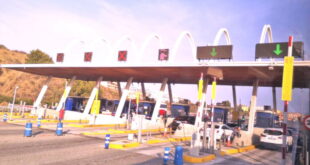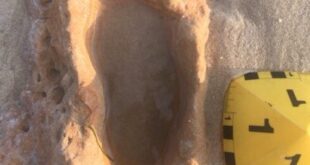While the wind is howling outside and it’s well over 35° in the sun, i’m sitting under a deep shade and wondering which amazing culinary creation I will serve next.
La Traina is one of Andalucia’s most secretive restaurants.
You won’t find it accidentally. It is tucked away in a pothole-ridden lane between Vejer de la Frontera, and Zahara de los Atunes.
And don’t expect silver service and menus in English or German…This is, after all, the Costa de la Luz – the Coast of Light – and a million miles away from its nearby cousin the Costa del Sol. In fact, the costas as a whole.
This is a coastline of castles and carpaccios, calas and corvina (one of its best local fish)… the perfect blend of nature and its best ingredients.
There are many gems along this coast. Tarifa is the historic bridgehead of the Moors and has been a crossroads for centuries. Vejer with its beautiful cobbled streets, and vibrant restaurant scene, is also a jewel.
There are a number of low-rise resorts along this coast, including Bolonia in Roman times and the largest sand dune on Europe’s coastline, El Palmar and its party crowd, as well as Canos de Meca.
Restaurants like La Traina or hidden gems like Patria or Castelleria are what I think best represent this long stretch.
They are all at the top of the game, and they sit in lush gardens. Many times high on the hillsides and with breathtaking views.
Even better, they are surrounded with southern Spain’s most evocative coastline, a canvas full of colours and contours. The backdrop is Africa and it all comes alive in the changing light.
You’ll find everything you need for a relaxing beach holiday. Long, unspoiled (and often empty), sand-dunes that are windswept, a scent of mimosas and rosemary, along with umbrella pines.
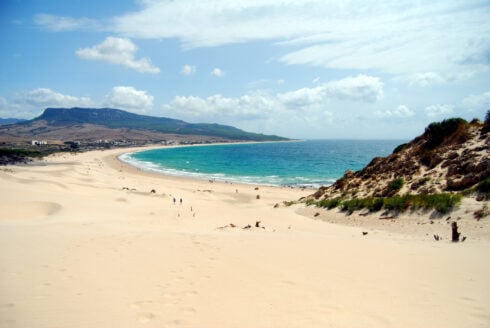
Explore the area. It is a unique experience in Spain today, and it gets busier every summer.
I love the 15-minute drive between Zahara de los Atunes and Barbate. It’s a 15-minute drive from Zahara de los Atunes to Barbate.
Zahara is a true tardis, situated between two worlds. This place is a gold magnet for trendy restaurants. You can also expect to see a fleet of Teslas and Range Rovers in the peak of holiday season.
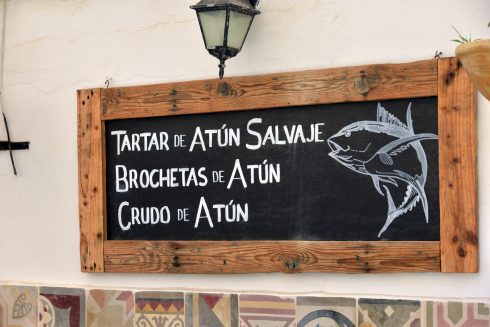

Barbate on the other hand is a new town built by dictator Francisco Franco. This place is full of poverty, high unemployment and ugly 1960s buildings.
But they do share one thing: privilege. The surrounding greenery is a patchwork, with long unspoiled beaches and only a few inlets and pine forests to break up the landscape.


It’s hard to imagine how beautiful the coastline of Andalucia was half a century before. Only Cabo Gata, in Almeria, comes close.
This stretch of coast is known for its ancient and historical towns and villages.
Its unassuming locals and laid back attitude complement its stunning landscape and distinct vibe.
Vejer has one of the most impressive selections of restaurants and boutique hotels in Andalucia.
Tarifa is a completely different place. It is a party town and is great for watersports enthusiasts.
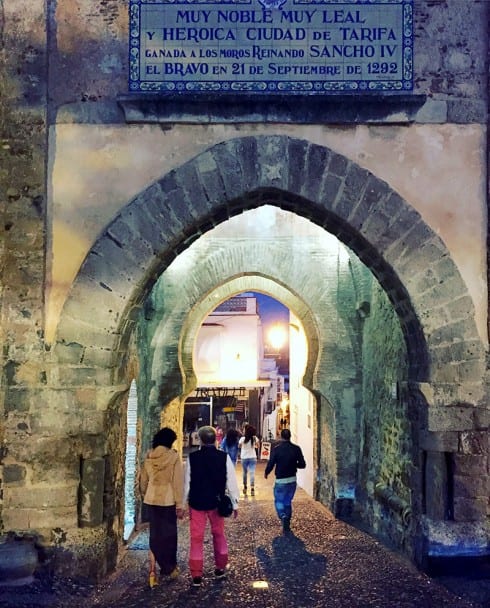

Tarifa is also a melting pot for worldly expats and Spaniards who create a unique scene with plenty of shops and restaurants.
It is also one of the few towns in southern Spain – thanks in large to its wind – that still has a bit of life in the winter.
Tarifa has also had a rich history. The Moors arrived in Tarifa for the first time in 710AD, making it their main gateway into southern Spain.
Sancho El Bravo, Guzman El Bueno, and other catholic heroes, who fought against the Moors, are memorialized on its historical ramparts.
The narrow streets and cobbled old town gates are a delight, as is the ancient fish market, which you can still find, and many fascinating buildings.
Heading up the coast from Tarifa, history lovers must seek out the famous Trafalgar lighthouse – off which the key naval battle once took place as well as the ancient fishing village of Sancti Petri, near Chiclana.
Chiclana’s eight kilometres of golden beach meanwhile remain refreshingly uncrowded – populated mostly by Spanish families from inland cities like Sevilla.


It has an unspoiled purity. The centre of the town is a maze with historic buildings and alleyways from the Moorish era, such as Arco Torre del Reloj’s clock tower gate.
Conil, the town next door, is a charming place with its own beach.
It is renowned for its local seafood and was named the Gastronomic Town 2024 of Spain. The city also boasts a vibrant nightlife.
Torre de Guzman – an old military fortification from the 14th century.
Secret spots
Bolonia’s Roman ruins are one of my favorite must-sees on the Costa de la Luz.
The museum is well preserved and shows how successful the Romans were in this part of Cadiz’s coastline. The beach nearby and its giant dunes are worth at least half a day.
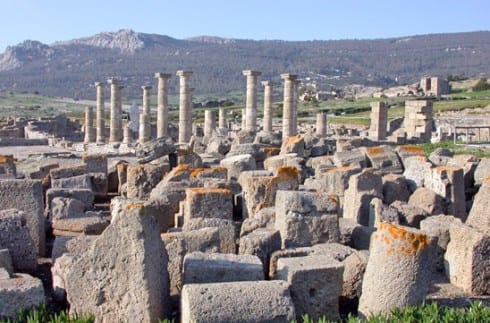

The best part is the 30 minute walk from Bolonia, to the secret El Canuelo Beach, where there are only cows, the brown retinto variety of the region.
The Torre del Tajo is a great view from Barbate.
There is also the beautiful dovecote in El Palomar de la Brena and the historic inland jewel of Medina Sidonia. If you’re still searching for more, why not visit San FernandoAcur?
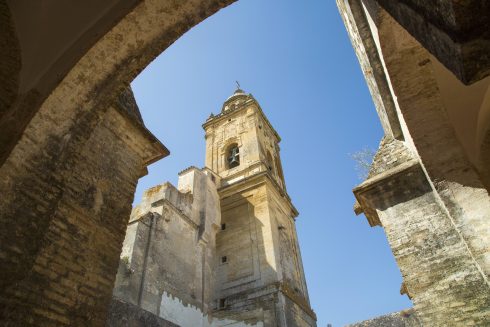

Camaron de la Isla is the famous flamenco singer who hails from this region.
This is a small town that has many interesting corners and crannies.
Rota is a beach town in the west that offers both a relaxed atmosphere and a military presence. Here, whitewashed homes sit beside an imposing American naval base – one of the largest in Europe.
Cadiz is a grand city that was once referred to as the oldest and largest in Spain.
Oh, the lightness!
READ MORE SPOTLIGHT – Denia, Spain, has been its own for 2,000 year and is recognised by UNESCO
The Olive Press has more news about Cadiz. Click here to see it.
 Costa News Spain Breaking News | English News in Spain.
Costa News Spain Breaking News | English News in Spain.


